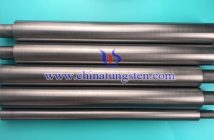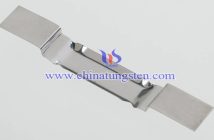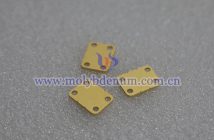Molybdenum copper sheet is an alloy material mainly composed of metallic molybdenum (Mo) and copper (Cu). It is formed through powder metallurgy, infiltration, and other processes to create a functional material with synergistic properties. Its microstructure typically shows a uniform distribution of molybdenum and copper phases or a composite form where copper fills the molybdenum skeleton. From a materials science perspective, molybdenum copper sheet combines the high melting point and low thermal expansion coefficient of molybdenum with the high thermal and electrical conductivity of copper. By adjusting the composition ratio and manufacturing process, the performance can be tailored to meet special requirements in different fields.
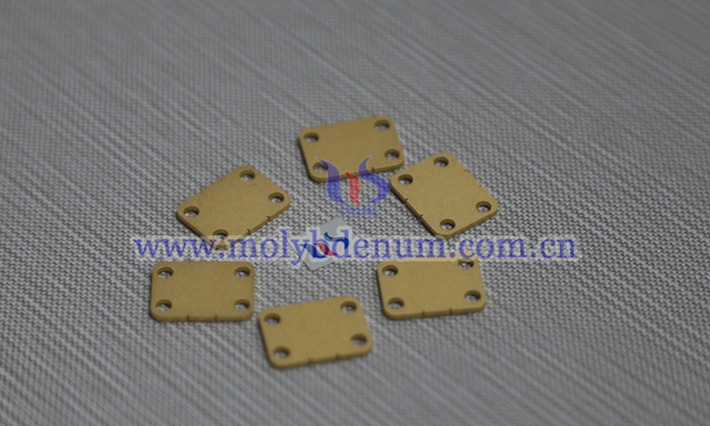
CTIA GROUP LTD molybdenum copper sheet picture
Molybdenum copper sheet features high thermal conductivity, high electrical conductivity, high strength, low thermal expansion coefficient, and high-temperature resistance. The thermal conductivity of copper gives the molybdenum copper sheet excellent heat dissipation ability. When the copper content is about 20%, the thermal conductivity can reach 170 W/(m·K). Molybdenum’s low thermal expansion coefficient allows the material’s expansion coefficient to match well with semiconductor materials like silicon and gallium arsenide, preventing device cracking caused by thermal stress from temperature fluctuations. Copper’s high electrical conductivity allows the sheet to maintain good conductivity while having a low expansion coefficient, making it suitable for use as an electrical interconnection material.
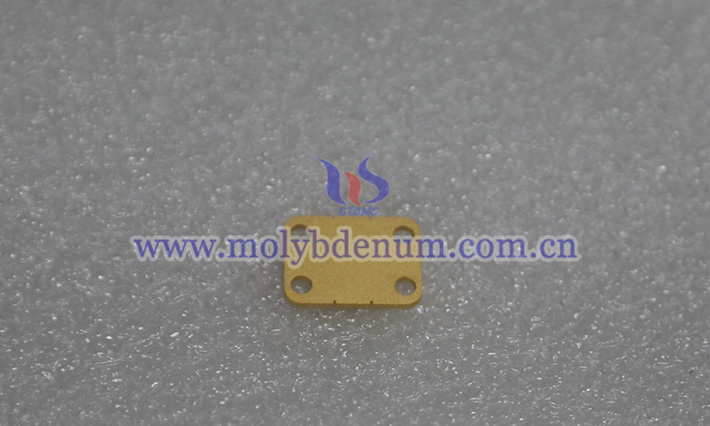
CTIA GROUP LTD molybdenum copper sheet picture
The production methods of molybdenum copper sheet include powder metallurgy and infiltration. Powder metallurgy is one of the main manufacturing methods: high-purity molybdenum powder and copper powder are mixed evenly in a certain ratio, then pressed into blanks by molding or isostatic pressing, followed by sintering in hydrogen or vacuum. The low melting point of copper enables it to fill pores among molybdenum particles, forming a molybdenum skeleton filled with copper. The infiltration method uses a porous molybdenum skeleton as the matrix: molybdenum powder is first pressed into a blank with certain porosity and sintered at high temperature to form the porous skeleton. Then it is placed in a mold and heated so that liquid copper penetrates the pores of the skeleton via capillary action, forming a dense composite after cooling.
Molybdenum copper sheet is widely used as heat dissipation substrates for power transistors, integrated circuits, and light-emitting diodes (LEDs). For example, it serves as a heat spreader for high-power chips in 5G base stations, quickly dissipating heat due to its high thermal conductivity, while its low expansion coefficient avoids thermal mismatch between the chip and substrate. In hybrid integrated circuits, molybdenum copper sheet can be used as the base or lead frame for packaging shells, replacing traditional kovar alloys and reducing solder joint fatigue failures caused by thermal cycling.

